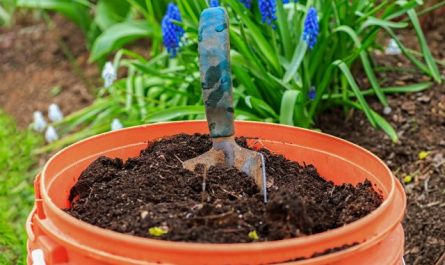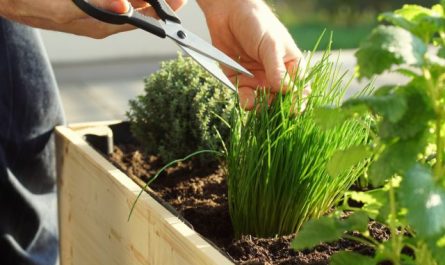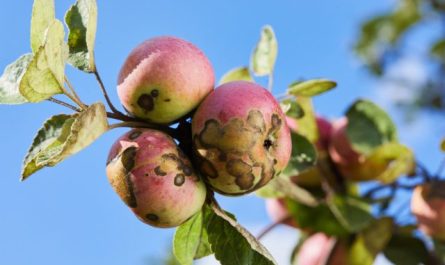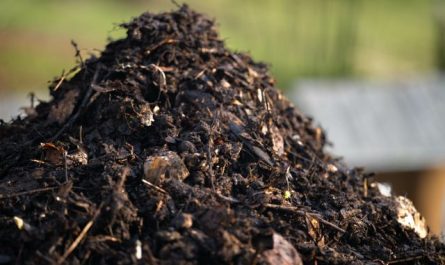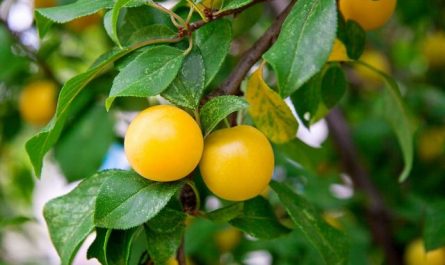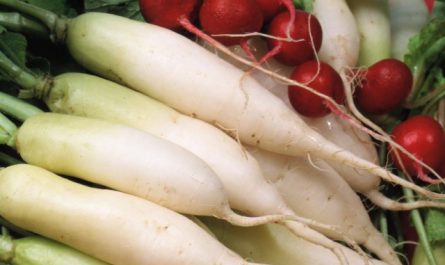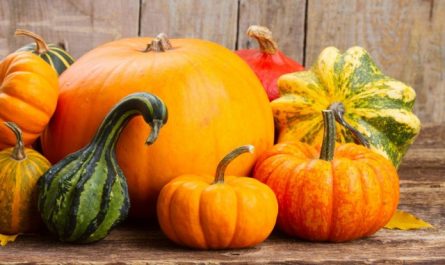Many species of perennial plants are ready for independent sowing after flowering. Their seeds germinate without our help to create new plants in the surrounding landscape. This can be regarded as a gift to the gardener, but, of course, such a phenomenon has not only positive, but also negative sides. Our article will tell you about such plants.

Reasons for self-seeding
There is a whole group of plants that are known for their high tendency to self-seed. This process is often called “naturalization.” Why do such perennials self-seed so abundantly?
The fact is that some plant families in nature are pioneer species and are among the first groups of vegetation to colonize “disturbed” (i.e., changed in some way) areas. Fires, road construction, mining, landslides, and other natural or anthropogenic influences create voids in nature that pioneer plants can take advantage of. Such plants love such places, and their seeds can quickly germinate to repopulate such an area.
Over time, the soil will restore its microbial populations (mycorrhizal fungi and other important organisms), and the pioneer plants will decompose and accumulate some organic matter on the soil surface. After this, the next wave of plant colonization will begin, which will displace the “pioneers”.
In our areas, these pioneer plants feel best in young gardens where the soil has been disturbed either by house construction or by frequent digging to create new flower beds, beds, or both. Such plants also spread well in gardens where mulch is not used and there is no dense vegetation.
“Pioneers” also appreciate the fact that all the plants in new gardens are still young and do not have a wide, spreading crown and strong roots. Thus, there is plenty of room for competition above and below ground. On the other hand, these pioneer species are not very suitable for established gardens due to too much root competition from mature plants. There is often too much shade from trees and other plants that shade the soil, and “pioneers” like hot and dry soils.
List of perennials that self-seed
Cuff. It has bright green flowers in spring and distinctive leaves that catch and hold dew and raindrops. However, it is an invasive plant and tends to scatter seeds everywhere. Therefore, vigilance is needed to pull out new unwanted shoots.

Digitalis. Foxglove is a self-seeding biennial or biennial. All varieties have this trait, not just the wilder purple form, so they will keep coming back in the garden. You can remove the tall flower stalk when it has finished blooming and separate the seeds to sow in the part of the garden where you really want foxgloves.
Erigeron (small-leaved). It has beautiful delicate pink, white or lilac flowers similar to asters or daisies. It will grow in walls and cracks and is a long-flowering summer perennial. Its seeds are volatiles and are easily carried by the wind.
Aquilegia, known as catchment area. Columbine seedlings appear everywhere, but they are easy to remove. You can also save the seeds and grow new plants. The offspring are often a completely different color than the parent plants.



Geranium meadow. A favorite of the country garden, meadow geranium is a perennial plant that blooms in June and grows well in open areas. It often self-sows and unexpectedly appears among other perennials in flower beds. Although this plant most often has blue flowers, self-seeding can also be pink, mauve, or white.

Dicenter, or “broken heart”. It would be worth growing for its lacy, finely cut blue-green foliage alone. However, for most gardeners, it is the flowers (which resemble whimsical pink flasks or hearts) that are the main attraction of this beautiful plant, which comes from American forests. Flowering is repeated sporadically from spring to fall, but in some species the above-ground parts may die off after the seeds have set.

Echinacea purpurea. As a rule, if you plant Echinacea once, there is no need to replant it. Once it appears in your garden, it will almost certainly give you many new seedlings. But this applies to the species Echinacea purpurea. Another thing is the seedlings of cultivars. They may not appear at all or will produce flowers different from the parents.

Agastache, or Lofant. Spectacular, fragrant, long-flowering perennials that attract a huge number of insects, especially butterflies. These flowers are essential for full pollination of the garden and have excellent resistance to pests due to the minty aroma of the foliage.
Sage. A bright perennial plant for a natural garden, which blooms in waves from late spring to autumn. If you do not cut off the flower stalks, sage gives a very abundant self-seeding. Seedlings bloom in the second year. It helps to create a garden in a natural style very quickly, as it produces a large amount of planting material.
Yarrow. Garden yarrow is no longer a “white-headed”. It has many varieties of the most varied colors from almost red to salmon. Yarrow not only spreads by rhizome, but also produces very abundant self-seeding of unexpected colors.



The benefits of self-seeding
Selecting the right self-seeding perennials and providing them with a favorable environment to propagate is key to creating a garden with a natural style. When done with a wide range of naturalizing species, it will create a natural, informal style in your landscape.
One of the best things about self-seeding plants is that you don’t have to do anything to grow them. Nature will do everything on its own.
Often, seedlings are superior to plants that you sowed yourself. They are stronger and have unusual colors.
Council: Avoid applying heavy mulch in areas where you want to encourage self-seeding. Most perennial seeds will not germinate unless they are buried under a heavy layer of shredded bark or wood chips.
By choosing plants and flowers that are easy to grow, you can create a garden that will fill up quickly and look more established, much faster and with much less effort on your part.
By self-seeding, you can not only fill your garden much more easily, but also do it at a lower cost.
While some gardeners are a little afraid of unexpectedly arriving plants, you can always simply rip them out, dig them up and replant them somewhere else, give them to friends and neighbors, or even sell them.
Disadvantages of self-seeding
For neat people or gardeners who like a regular style, these plants are not suitable. You may be dissatisfied with the haphazard planting that nature has.
There are plants that self-seed moderately, and some are so aggressive that they need to be strictly controlled. For example, lemon balm. If left unpruned, it will soon produce a “population explosion,” producing millions of offspring. In order to keep such vigorous plants under control, you either have to cut off the flowers before they produce seeds or dig up the unwanted shoots.
It is important to understand that some plants that spread easily can become invasive. Gardeners should be careful not to harm local ecosystems by introducing invasive, non-native species that could potentially become a problem in their area.
Seedlings of cultivars can often be wildly different from their parent’s appearance. For example, if you allow a cultivar of paniculate phlox to self-seed, you will likely soon end up with a mass of dirty purple, wild-type offspring.

